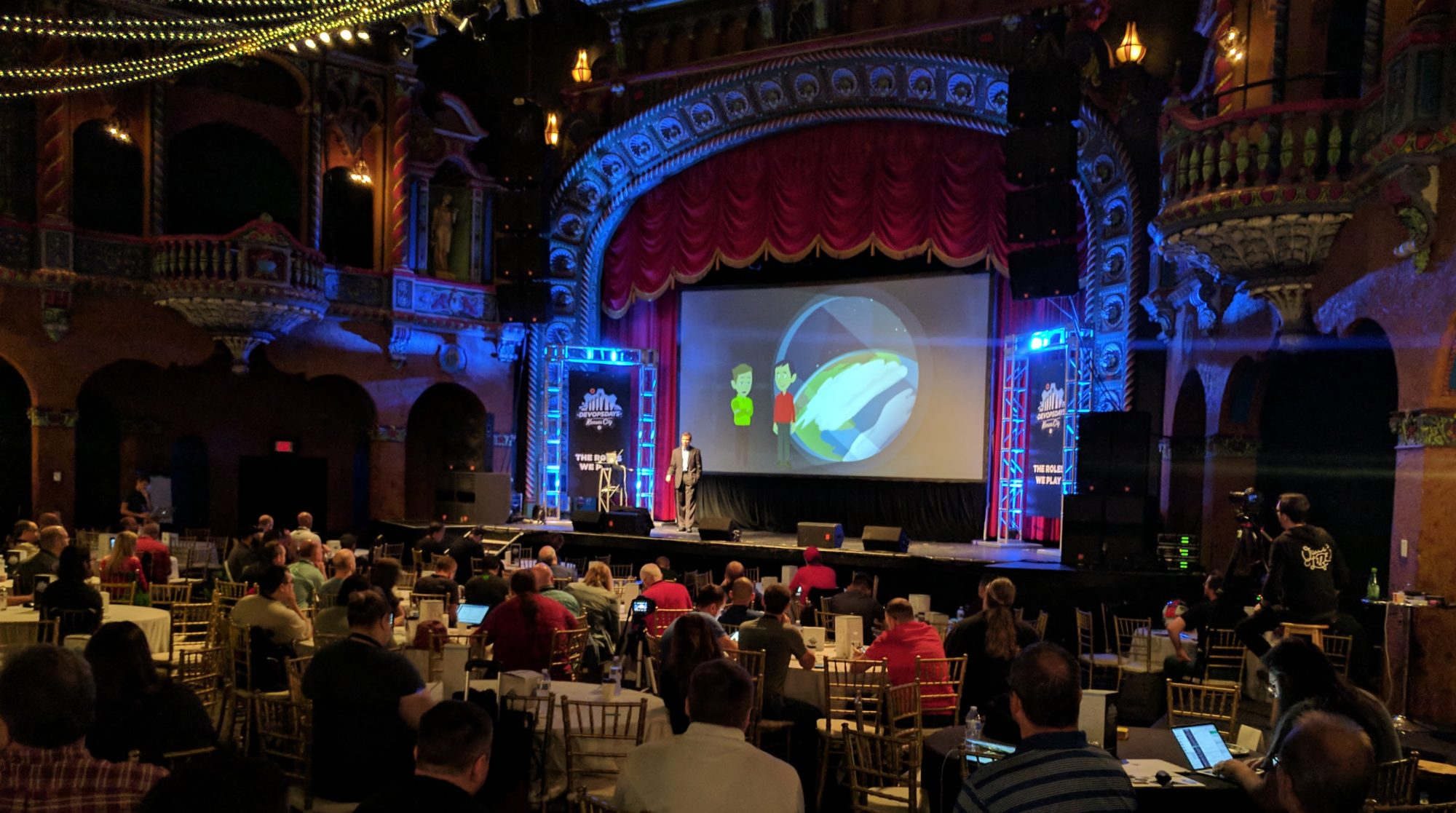According to some posts on Java Ranch, Sun is looking to create a Sun Certified Java Associates exam. The idea is to have an exam that companies can use to certify entry level programmers. I’m not sure why this is better than the current Sun Certified Java Programmer certification. It sounds like they want a certification that is easier to pass for someone with less experience. I didn’t find the SCJP exam all that difficult. In fact I didn’t even bother to put it on my resume, but after reading all the comments at Java Ranch about how difficult it is to pass maybe I should.
Continue reading “Entry Level Java Certification (SCJA)”
jimijon.com: WebObjects Rocks
WebObjects Rocks is a short description of using Webobjects for a project.
Recently I had to port my app to WebSphere running DB2. Well I did and I don’t have to do anything special. The database is determined at runtype and my EOModelPrototype is selected that correctly maps the objects to the relational table.
The application he developed is called Portfolio intellegence and seems to be a web based project management system. You can find more information about it at www.3olivesolutions.com.
Interview with Johnathan Rentzsch
Behind the Red Shed with Jonathan Rentzsch is a good interview with Jonathan Rentzsch. He makes some interesting comments regarding Webobjects.
WebObjects is only relevant if you’re on the hook for writing lots of web applications fairly quickly. There’s an definite escape velocity however — the learning curve is steep, so it really only makes sense if you are currently or planning on becoming a professional developer.
Comparable vs. Equals
Agylen: Comparable vs equals has a nice discussion of how compareTo is used in Sets.
If you don’t understand how Java is going to use your compareTo and your equals methods you can run into a problem with Sets. Basically you shouldn’t have a compareTo() method that returns 0 unless equals() returns true.
Since a Set only allows once instance of each object, it will ignore the addition of any objects it already contains. If your object implements the Comparator interface the Set will check the compareTo method not the equals method.
It is common to write compareTo methods that only look at one field. For example, you might want to sort Person objects by their last name and then first name. If you only check the last and first name field, then comparing two John Smiths would return 0 even if they were different objects. This would cause the Set to evaluate them as the same object and prevent you from adding the second John Smith to the Set.
Clayton Christensen – Capturing the Upside
In Capturing the UpsideClaton Christensen talks about his theory of disruptive innovation. The talk is hosted on IT Conversations and was given at the Open Source Business Conference in 2004. It gives a very good overview of his theory to the average listener. Christensen is the author of The Innovators Dilemma where he lays out his theory about how established companies are displaced by startups with inferior technology.
I’ve read The Innovators Dilemma. Most casual readers will probably put it down because it isn’t easy reading. However it is exremely well thought out and very interesting. If someone is interested I’d recommend they listen to the free talk first before investing the book.
IT Toolbox has links to slides that go along with the presentation.
